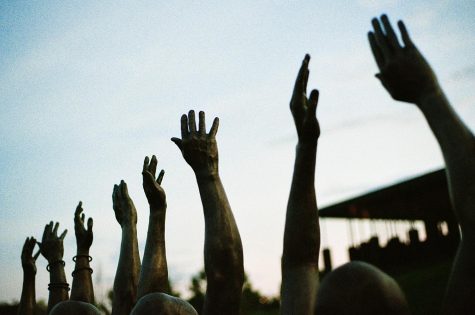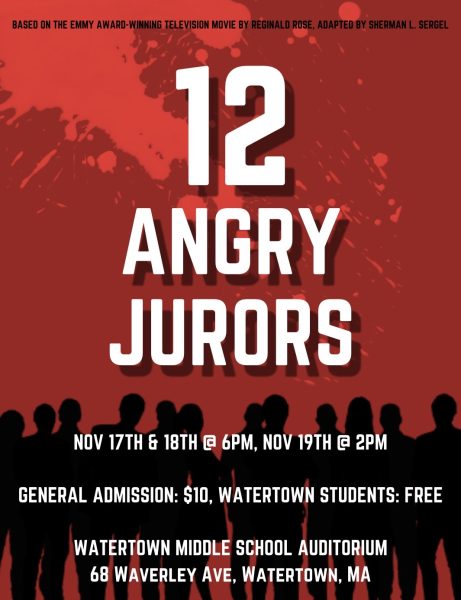Cyber-Bullying: The Dangers of Twitter
It is no secret that cyber-bullying is currently a serious epidemic throughout the United States. Social networking sites have certainly made it a lot easier for teens to say what they would like to people without actually having to tell them to their faces. The two most common websites for bullying used to be Facebook and AOL Instant Messenger; however, Twitter is slowly creeping up behind them. During 2012, Twitter experienced a large growth in new users. It is eventually expected to be the top social networking site on the web. Similarly to Facebook, Twitter gives people, including teens, their own page to express themselves through words and pictures. But where do you draw the line distinguishing between what is appropriate and too personal? How much information is too much information? Although Freedom of Speech is protected by the First Amendment, beware of what you say on Twitter. If seen by the wrong person, your words could lead to suspension, lawsuits, or burden of guilt.
Recently, Boston College women’s soccer player, Stephanie McCaffrey, was suspended from playing in the big NCAA game against Penn State due to poor sportsmanship on Twitter. The sophomore student went out of her way to Tweet disrespectful allegations about the opposing team and former Penn State coach Jerry Sandusky. Along with being suspended from the game, McCaffrey was ordered to apologize to the team. By simply publishing one Tweet, McCaffrey subjected herself to punishment and public humiliation. Her name is now known nationwide for the entirely wrong reasons. Although she deleted her Twitter account, many who saw the tweets saved them. Therefore, they will never be permanently erased.
There are many tweets sent with the intention of insulting or teasing others every day, especially among the high school population. Bullying now exists in Cyberspace; there are bullies and victims, and now, due to the technological stage, there are reporters. The reporters are defined as those who read the offensive Tweets being sent and do absolutely nothing to stop the spread of them. They are very similar to bystanders; although, they are not physically present, they “retweet” and talk about incriminating tweets. If there were fewer bystanders/reporters and more actions being taken, perhaps fewer suicides would occur due to cyber-bullying every year. Amanda Todd, a fifteen-year-old from British Columbia, committed suicide on October 10th, 2012 due to constant cyber-bullying. Many teens witnessed her constantly being taunted on Twitter and Facebook, however no one did anything to prevent it or ease her pain. Although Amanda’s death was tragic, it led her mother to start the Amanda Todd Trust, which accepts donations to support anti-bullying awareness education, and support programs for young people with mental health problems.
One may not be able to stop others from cyber-bullying entirely, but before you post something on the Internet, think to yourself “Would I say this in person?” if the answer is no, do not post it. Controversial tweets have various consequences, and none of them are positive. Be careful what you publish online.
Your donation will support the student journalists of Watertown High School. Your contribution will allow us to purchase equipment and cover our annual website hosting costs.







